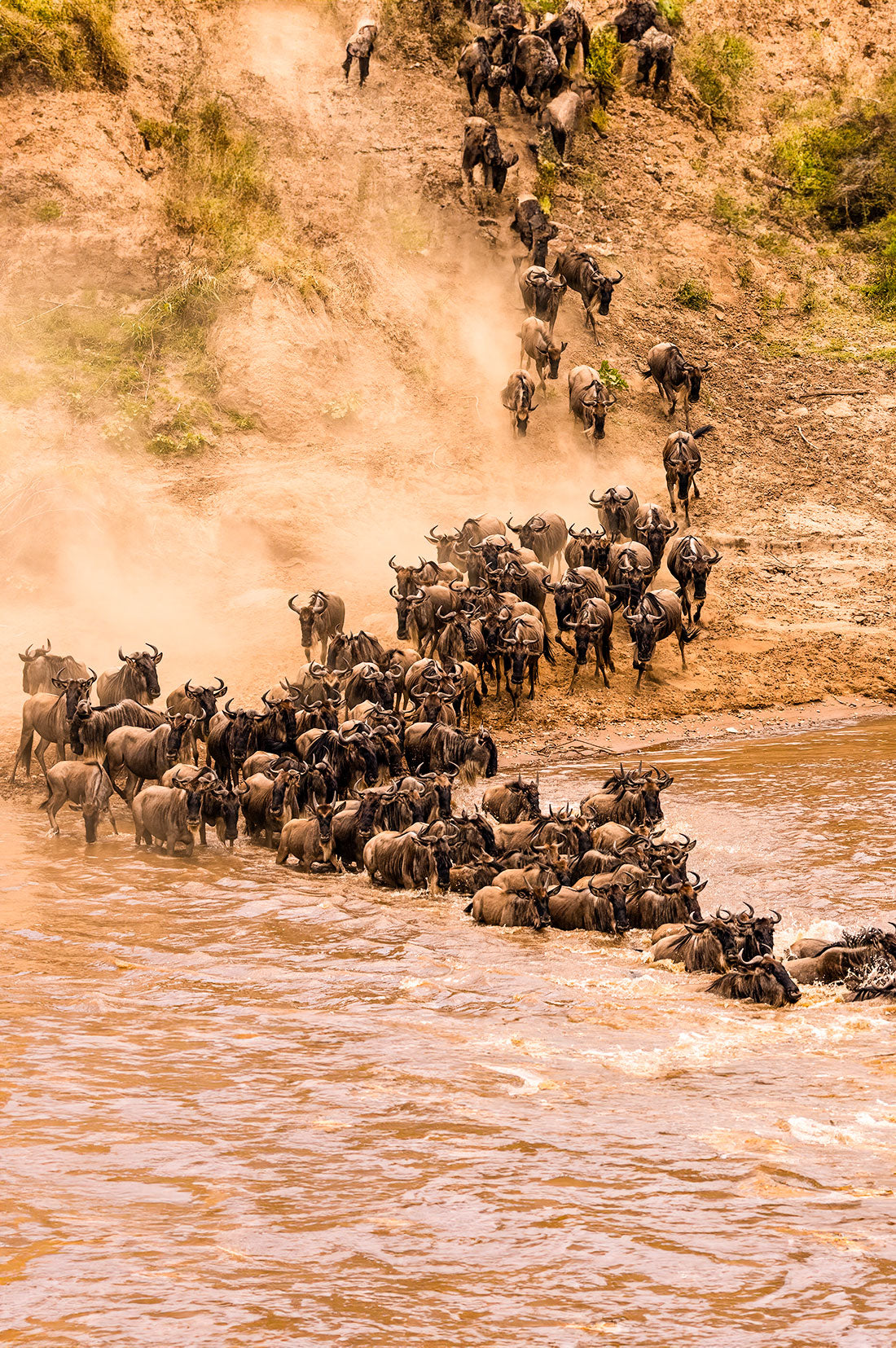
Why August - September is the best time to visit Masai Mara
Home to over 90 mammalian species, large populations of wildebeests, zebras, antelopes, and gazelles, over 500 bird species, including many threatened raptors and grassland birds, and diverse habitats, Masai Mara is an eminent travel destination for nature and wildlife enthusiasts. It boasts of eco-friendly travel characterised by picturesque landscapes and riverine, thrilling exhibition of predator-prey actions and an unparalleled experience of the pristine Maasai culture.
Hailed as one of the most sustainable travel destinations, what attracts tourists to this nature's wonderland is the Great Migration of wildebeest and zebras and spotting Africa's "Big Five" animals, which is quite promising during the month of August and September.
Here’s why you should book your sustainable travel to Masai Mara with Travgreen in August and September.
The perfect weather for adventure
August and September are dry seasons. As the vegetation dries out, it is easier to observe animals in clear terrain under a clear sky. Moreover, chances of rain and humidity interrupting your itinerary and comfort become minimal, and guided walks will not be fraught by muddy grounds. Lastly, the day lasts for over 10 hours with pleasantly warm temperatures, ideal for African safaris.
Experience the thrill of safari
For nature enthusiasts, who are drawn to nature’s resilience, a safari to Masai Mara in August and September is perfect. From complementary grazing that rejuvenates the soil and sustains the savannah ecosystem to having a cheetah sprint through your jeep, you can feel the delight of experiencing nature’s rawness in the flesh through several spontaneous encounters, away from the city noise.
August and September are the prime months to witness the iconic Great Migration that features breathtaking prey-predator encounters at river crossings as millions of wildebeests and other herbivorous animals migrate to Tanzania, driven by the ancient rhythm of the rainy seasons and the subsequent growth of fresh grasses. A magnificent spectacle of nature’s brutality, it is attributed to the moving of herbivorous animals looking for rain-ripened grass and safe breeding locations, an endeavour that is filled with dangerous predators like lions, Nile crocodiles, and leopards.
Endless horizons with enriching cultural encounters
A big reason why Masai Mara is one of the most celebrated sustainable travel destinations is the traditional Maasai culture, an epitome of the harmonic coexistence of humans with nature. Naturally, due to the great migration and calving season, the period between August and September lets visitors witness the full extent of pastoral cultures distinguished by herding, moving camps, communal land use, and a deep connection with the land they traverse. To add a cherry on top, Travgreen’s multi-day tour of Masai Mara includes opportunities to contribute to these communities and experiencing a marvelous sunset with a glass of wine/Amarula.
Making travel ecofriendly
To sum it up, Masai Mara, a site of profound ecological significance, is one of the best eco friendly travel destinations wherein you can find a smog free, starry night sky and a silence that is occasionally broken by the sound of a lion's attack on a zebra. The perfect natural conditions of August and September make them the best months to see the delicate balance of nature. Travegreen strives to make your journey unforgettable and nature-friendly, with features like boarding of lodges that are environment-friendly and camps that have an eco-conscious architecture.